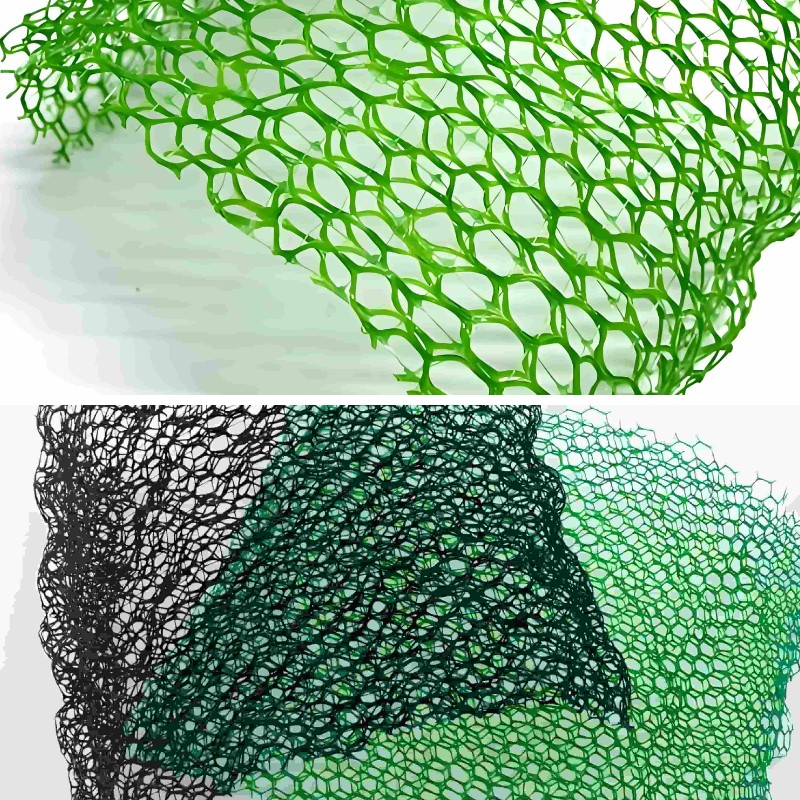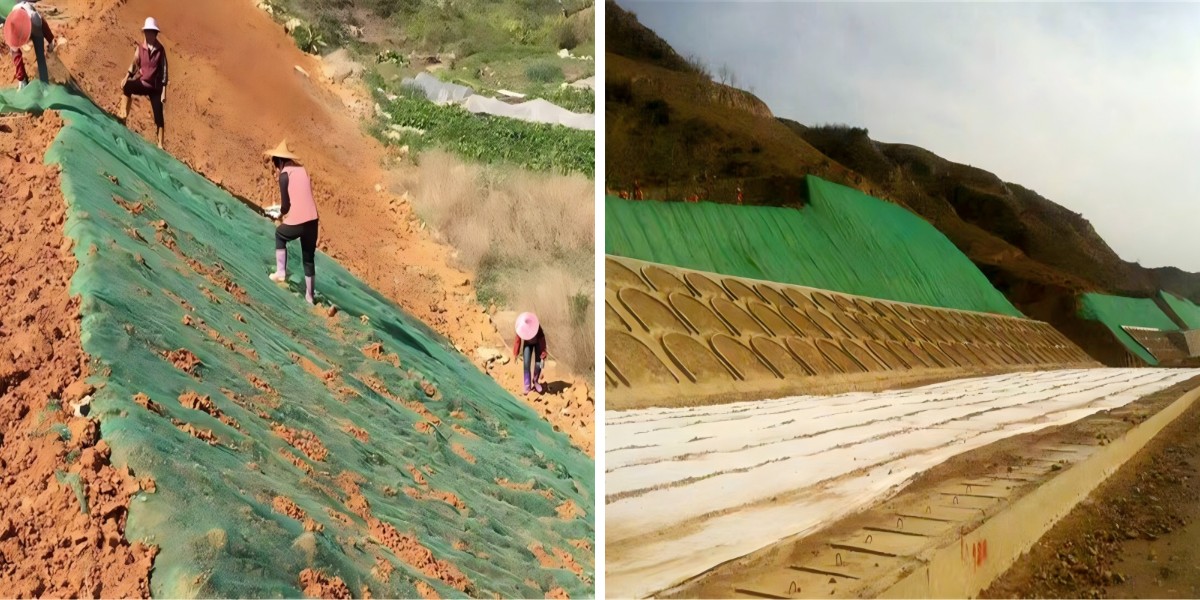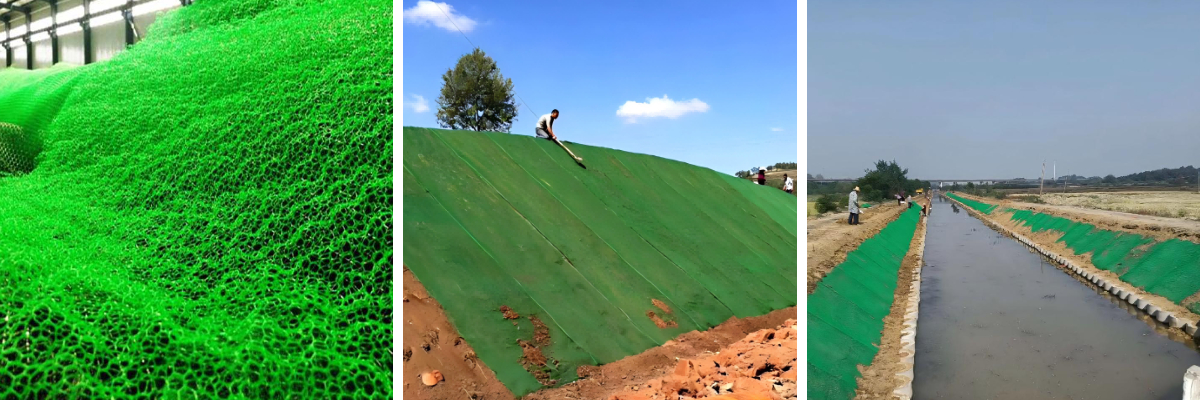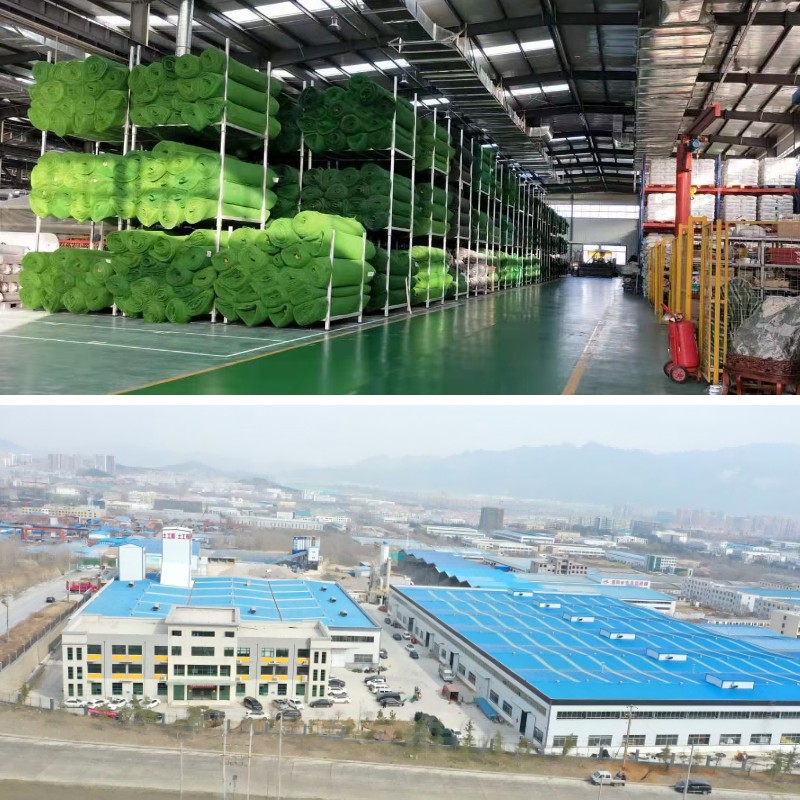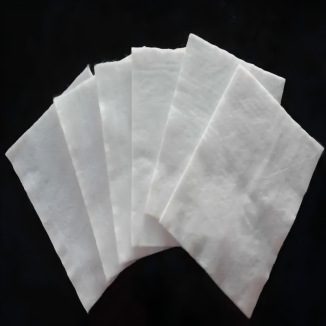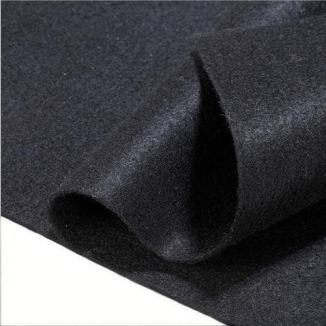Eco-Friendly Erosion Control: Using Biodegradable 3D Vegetation Nets
Introduction: The Urgency of Sustainable Erosion Control
Soil erosion, pushed via climate and human activity, threatens ecosystems, agriculture, and infrastructure. Traditional techniques like artificial geotextiles go away long-term pollution, however biodegradable 3D vegetation nets provide a stability of sturdiness and eco-friendliness. This article covers their functionality, 3D Vegetation Net Specifications, integration with Erosion Control Geomat, and how to Lay 3D Vegetation Net for fine results.
Understanding Soil Erosion: Causes and Impacts
Topsoil displacement stems from rainfall runoff, wind, and human movements (construction, mining). Unchecked erosion reduces crop yields, clogs waterways, damages infrastructure, and harms biodiversity. Biodegradable 3D vegetation nets tackle this through defending soil whilst fostering herbal recovery.
Why Biodegradable 3D Vegetation Nets Stand Out
Made from renewable substances (coconut coir, jute, bio-polymers), these nets ruin down barring residue. Their 3D shape traps soil, retains moisture, slows runoff, and enriches soil as it decomposes. Unlike synthetics, they furnish immediately safety and aid long-term vegetation growth—roots intertwine with the internet to structure a everlasting barrier.
3D Vegetation Net Specifications: Key Features
Understanding 3D Vegetation Net Specifications ensures gold standard performance:
1. Material Composition
Natural Fibers: Coconut coir (12–24 months durability) or jute—ideal for quickly vegetation establishment.
Bio-Polymers: PLA/PHA (2–3 years protection) for prolonged coverage. All substances are non-toxic.
2. Thickness and Density
Thickness: 2–8mm (thicker for steep slopes/high rainfall).
Density: 100–400 g/m² (higher density for stability, decrease for moderate erosion).
3. Aperture Size
5mm×5mm to 20mm×20mm: Smaller for satisfactory seeds/heavy rain, large for shrubs/wildflowers.
4. Tensile Strength
2–8 kN/m (longitudinal) and 1–5 kN/m (transverse) to face up to wind/runoff.
5. Degradation Period
6 months–3 years: Natural fibers decompose faster; coir/bio-polymers closing longer for slow-growing plants.
Erosion Control Geomat: Synergy with 3D Vegetation Nets
Erosion Control Geomat consists of artificial (durable however non-biodegradable) and biodegradable alternatives like 3D vegetation nets. For high-erosion areas:
Base Layer Support: A artificial Erosion Control Geomat reinforces soil; 3D nets pinnacle it to lure seeds.
Steep Slopes: Combine with geogrids to stop slippage.
Hybrid Protection: Synthetics provide permanence; 3D nets add eco-friendly vegetation support.
A Step-by-Step Guide to Lay 3D Vegetation Net
Proper set up maximizes effectiveness. Follow these steps to Lay 3D Vegetation Net:
1. Site Preparation
Clear debris, grade steep slopes slightly, add compost for negative soil, and make sure drainage to keep away from waterlogging.
2. Select Materials
Choose a internet matching 3D Vegetation Net Specifications (slope, climate, vegetation). Gather stakes, a cutter, and neighborhood seed mix.
3. Cut the Net
Cut sections 10–15cm large than the location to permit overlap.
4. Lay and Secure
Start at the slope top, overlap sections 10–20cm (more for steep slopes), and tightly closed with stakes (30–50cm intervals, 15–20cm deep). Press out air pockets.
5. Seed and Maintain
Broadcast seeds, rake lightly, and water gently. Add mulch for dry soil. Monitor for displacement and water till vegetation establishes (3–6 months).
Real-World Applications
1. Road/Highway Slopes
Withstand car wind/runoff, mixture with landscapes, and shield drainage systems.
2. Mine Reclamation
Stabilize tailings, fix native vegetation, and meet environmental regulations.
3. Agricultural Lands
Prevent topsoil loss, shield cowl crops, and enhance soil fertility as nets decompose.
4. River/Coastal Banks
Reduce wave/current damage, develop wetland plants, and keep away from eco-harmful concrete structures.
5. Construction Sites
Provide instant protection, take away disposal needs, and comply with inexperienced requirements (e.g., LEED).
Environmental Benefits
Zero Plastic Pollution: Decomposes fully, no damage to wildlife.
Soil Health: Adds natural matter, enhancing shape and microbial activity.
Carbon Sequestration: Vegetation and internet decomposition seize CO₂.
Biodiversity: Restores habitats for pollinators and small animals.
Water Conservation: Retains moisture and recharges groundwater.
How to Choose the Right Net
1. Slope and Erosion Severity
Gentle (≤25°): Thin, low-density net (large apertures).
Moderate (25°–45°): Medium-thickness, medium-density net.
Steep (>45°): Thick, high-density internet + Erosion Control Geomat.
2. Climate
High Rainfall: High tensile strength, small apertures.
Arid/Windy: Moisture-retentive (coir) high-density net.
Cold: Longer degradation length (18–24 months).
3. Vegetation Type
Fast-growing grasses: Short-degradation, massive apertures.
Shrubs/trees: Longer-degradation net.
Native species: Match aperture to seed size.
4. Eco-Impact and Cost
Prioritize natural materials; think about long-term financial savings (no disposal costs).
FAQs
Q1: How lengthy do these nets last?
A1: 6 months–3 years, relying on material. Decomposition aligns with vegetation establishment.
Q2: Can they be used in saltwater?
A2: Yes—choose salt-tolerant substances (coir) and native plants.
Q3: Need to get rid of the internet later?
A3: No—they decompose naturally, enriching soil.
Q4: How do they examine to Erosion Control Geomat?
A4: They are a biodegradable kind of Erosion Control Geomat. Synthetics provide permanence; 3D nets add eco-friendliness.
Q5: DIY set up possible?
A5: Yes for small projects; experts endorsed for steep/large areas.
Q6: Do they forestall weeds?
A6: Small apertures minimize weeds; dense native vegetation assist outcompete them.
Q7: Suitable for rocky/compacted soil?
A7: Yes—clear rocks/add topsoil (rocky) or aerate (compacted) first.
Conclusion
Biodegradable 3D vegetation nets redefine erosion manage through mixing effectiveness and sustainability. By perception 3D Vegetation Net Specifications, the use of them with Erosion Control Geomat, and following suitable steps to Lay 3D Vegetation Net, you guard soil whilst assisting ecosystems. As sustainability will become critical, these nets are a indispensable preference for accountable erosion management. Start through assessing your site’s needs, or seek advice from a expert for giant projects.
Contact Us
Company Name: Shandong Chuangwei New Materials Co., LTD
Contact Person :Jaden Sylvan
Contact Number :+86 19305485668
WhatsApp:+86 19305485668
Enterprise Email: cggeosynthetics@gmail.com
Enterprise Address: Entrepreneurship Park, Dayue District, Tai 'an City,
Shandong Province


